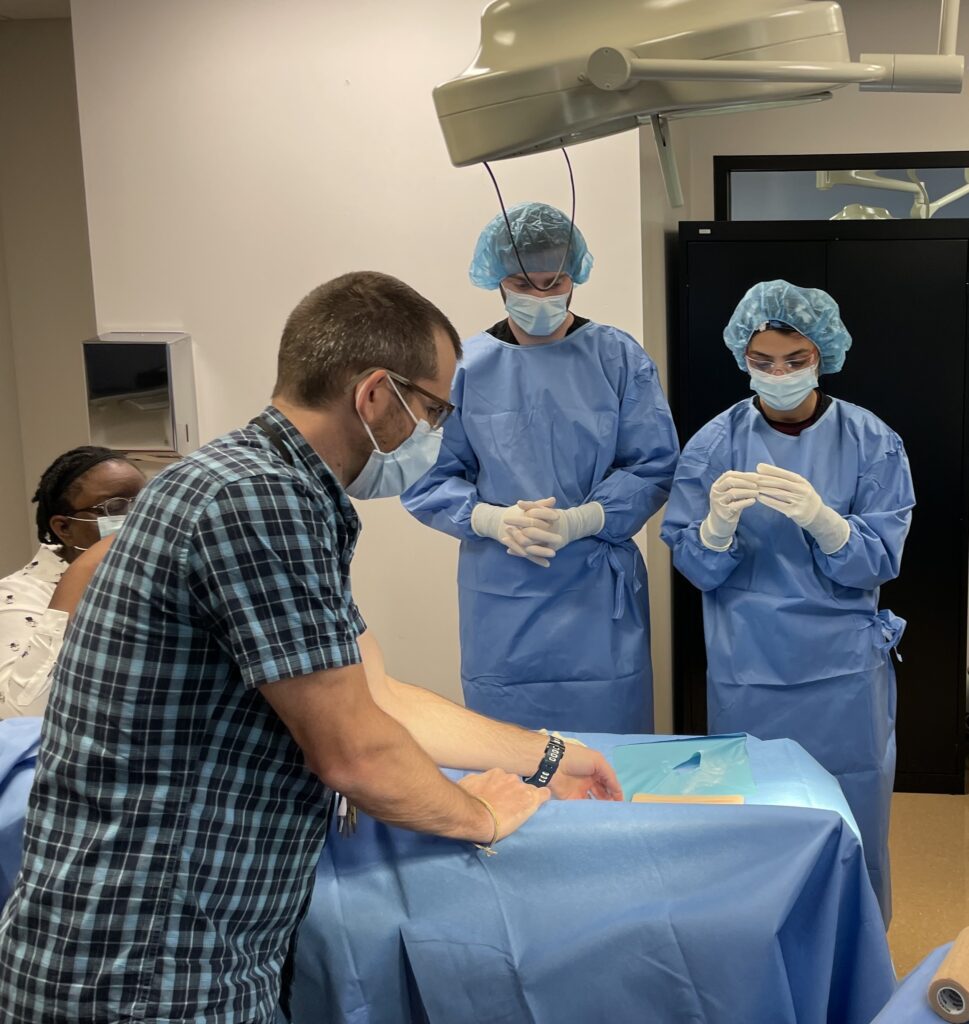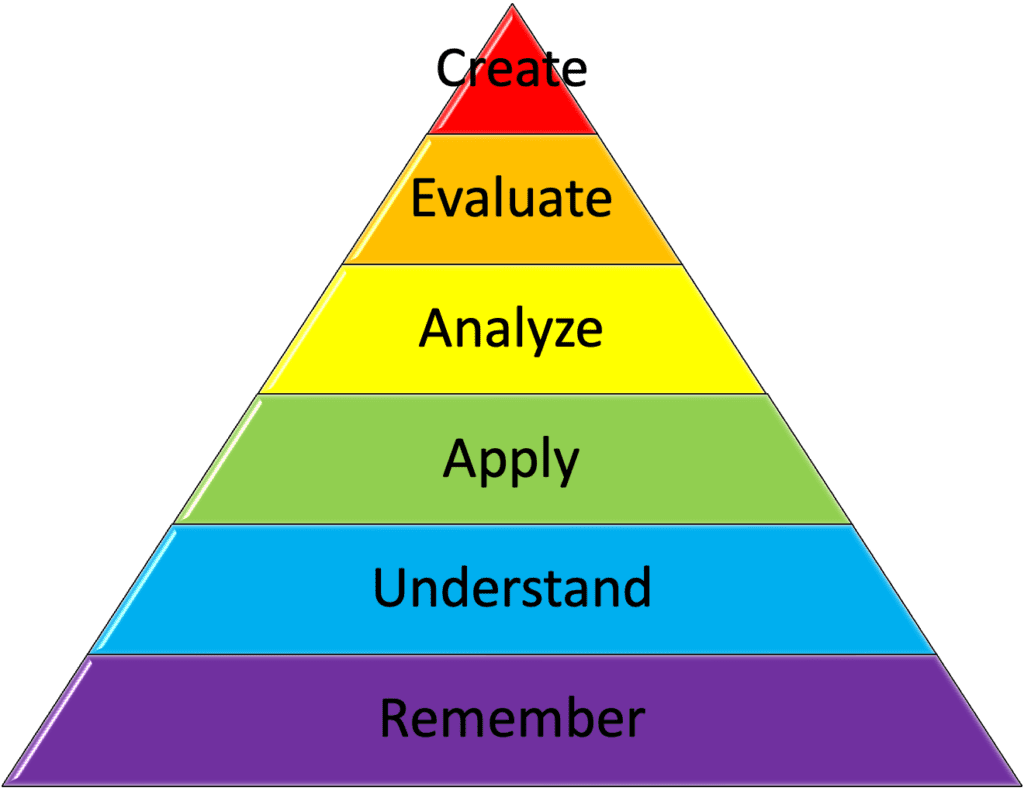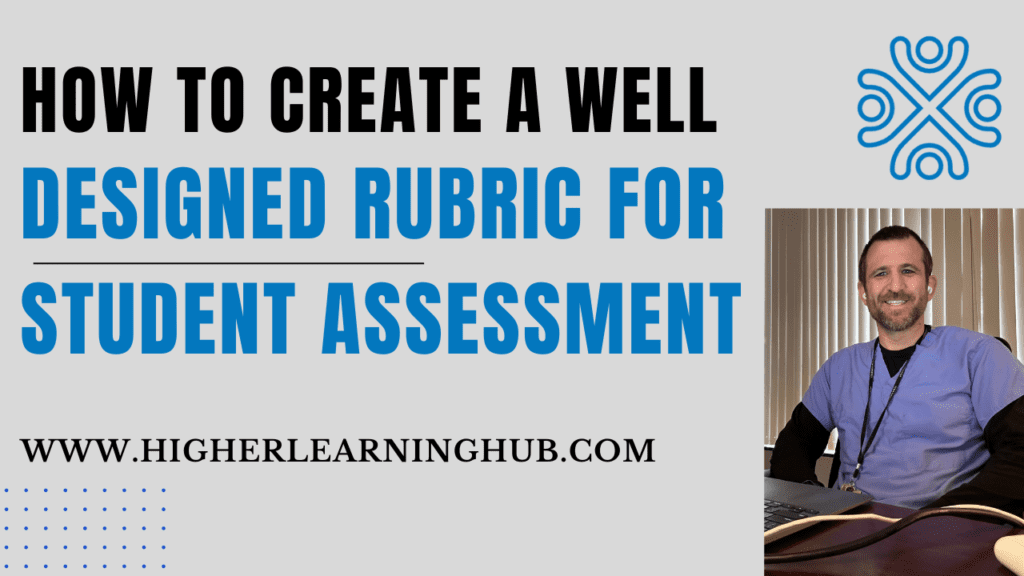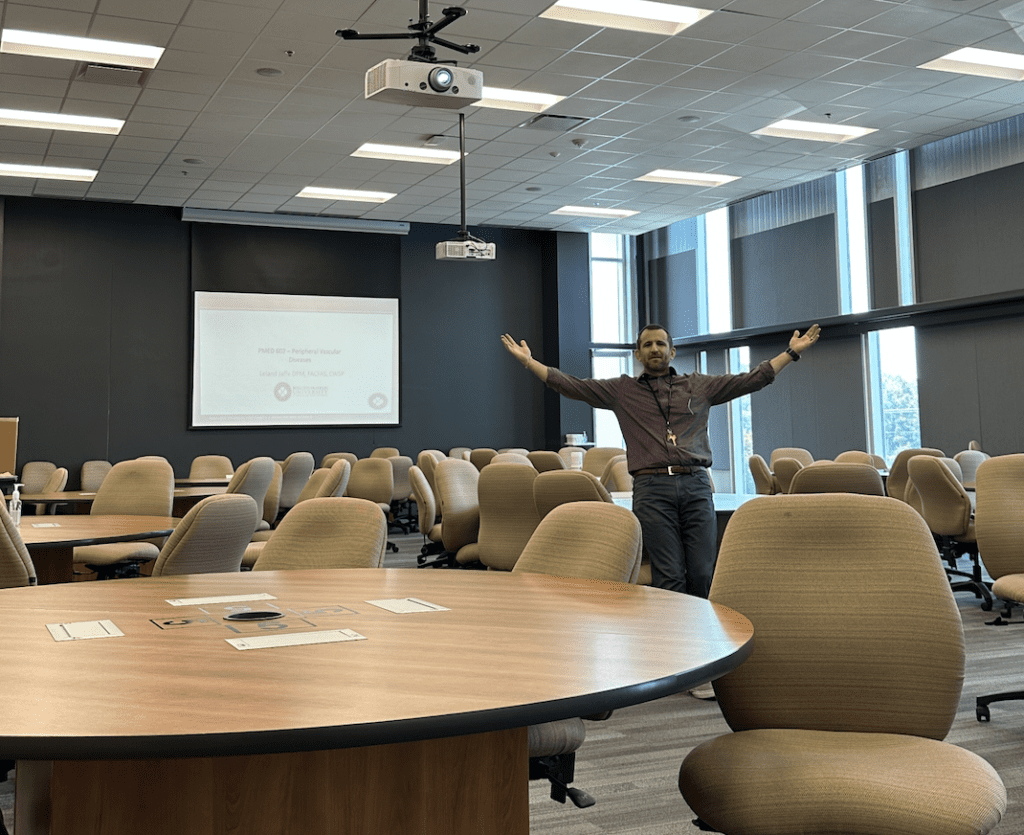Authored by Leland Jafe DPM, FACFAS, Associate Professor – January 1st, 2024
In the fast-paced and ever-evolving landscape of education, bringing effective teaching styles and strategies into the classroom is crucial for educators. As we step into 2024, the demands on innovative teaching strategies have never been higher, given the diverse learning styles and technological advancements. In this blog post, we’ll explore five effective teaching styles for 2024 including the flipped classroom model, gamification, project-based learning, blending learning models, and personalized learning experiences.
1. Personalized Learning Experiences
What is personalized learning? Personalized learning experiences provide learners with an individualized plan for their academics. It allows them to progress at their own speed, using methods and resources that are catered to the learner’s needs and abilities.
One size fits all is no longer the norm in education. Personalized learning has emerged as a game-changer, allowing educators to tailor their approach to individual student needs. With the help of advanced learning analytics and artificial intelligence, teachers can gather real-time data on student performance, enabling them to create personalized learning plans. Adaptive learning platforms and interactive content engage students at their own pace, fostering a deeper understanding of the material improving student involvement, and developing problem-solving skills.
2. Blended Learning Models
The integration of technology and traditional teaching methods has given rise to hybrid style learning models. In 2024, classrooms will be dynamic spaces where students seamlessly transition between online and offline activities. This strategy combines face-to-face instruction with digital resources, offering flexibility and accessibility. Virtual classrooms, collaborative online projects, and multimedia presentations contribute to a more engaging and interactive learning environment. Catering to individual student’s different learning styles is a great way to improve student engagement and a better understanding of the material.
3. Project-based learning (PBL)
Project-based learning continues to gain traction as an effective teaching strategy in 2024. This approach immerses students in real-world scenarios, encouraging critical thinking, problem-solving, and collaboration. By working on case studies or other group work, students not only grasp academic concepts but also develop practical skills that are essential in the real world. PBL fosters creativity, curiosity, and a sense of ownership over one’s learning journey.
What is Project-Based Learning?
Problem-based learning (PBL) is a pedagogical approach that fosters active engagement and critical thinking among learners, significantly enhancing the retention of material. Unlike traditional methods that rely on passive/lecture style absorption of information, PBL immerses students in real world scenarios or complex problems relevant to the subject matter. By presenting challenges that require the application of knowledge to solve, PBL encourages a deeper understanding of concepts.
Why is Project-Based Learning Effective?


This hands-on, inquiry-based/group style method not only facilitates the acquisition of knowledge but also promotes the retention of information by linking it to practical contexts. The process of grappling with authentic problems allows students to connect new information with existing knowledge, reinforcing neural pathways and facilitating long-term retention. Additionally, the collaborative nature of PBL encourages communication and teamwork, fostering a supportive learning environment that further solidifies understanding and memory retention, overall improving student outcomes. In essence, problem-based learning serves as a dynamic catalyst for improved retention, as it actively involves learners in the construction of knowledge through meaningful, real-world applications.
4. Gamification in Education
Gamification leverages the principles of game design to enhance the learning experience. In 2024, educators are embracing gamified elements to make lessons more engaging and enhance student learning. Educational games, quizzes, and interactive simulations not only capture students’ attention but also promote healthy competition and a sense of achievement. Gamification helps create a positive learning atmosphere, where students are motivated to actively participate and explore new concepts.
6 Examples of Gamification in Education
- Points and Badges: Teachers can assign points to students for completing assignments, participating in discussions, or achieving specific milestones. Badges can be awarded for mastering certain skills or reaching particular levels of accomplishment, creating a sense of achievement and motivation.
- Leaderboards: Displaying a leaderboard that showcases students’ progress and achievements can foster healthy competition. Students can see how their performance compares to their peers, encouraging friendly rivalry and a desire to excel.
- Digital Learning Platforms: Many educational platforms incorporate gamified elements into their interfaces. These platforms often use reward systems, interactive quizzes, and progress tracking to make learning more enjoyable and interactive.
- Escape Room Challenges: Creating classroom “escape room” challenges where students must solve problems or answer questions to unlock clues can be a fun and collaborative way to reinforce content knowledge and problem-solving skills.
- Simulation Games: Utilizing simulation games or educational apps that simulate real-world scenarios allows students to apply theoretical knowledge in a practical context. This can enhance problem-solving skills and deepen understanding.
- Interactive Quizzes: Turning quizzes into interactive games, such as quiz-show formats or timed challenges, can add an element of excitement to formative assessments. This approach can make the review process more engaging and help reinforce key concepts. Platforms such as Kahoot and Socrative are examples of interactive quiz software. A typical student pays attention for about 10-15 minutes during a standing lecture, and therefore taking class time to implement an interactive quiz can meet the needs of students.
5. Flipped Classroom Model
The flipped classroom model represents a paradigm shift in traditional teaching methodologies, turning the conventional approach to learning on its head. In this effective teaching style, the typical structure of in-class lectures and out-of-class assignments is reversed. Students are introduced to new content through pre-recorded lectures or digital materials to be consumed at their own pace outside of class. Class time is then devoted to interactive activities, cooperative learning, student participation, and collaborative projects where students can apply and deepen their understanding of the material with the guidance of the teacher.


10 Benefits of the Flipped Classroom Model
- Personalized Learning: Students can progress through instructional content at their own pace, allowing for individualized learning experiences. Those who need more time on certain topics can review materials as needed, while others can move ahead. This personal model of teaching can improve academic performance and facilitate collaborative learning.
- Active Engagement: Class time is used for hands-on, interactive activities such as discussions, problem-solving, and group projects. This fosters active engagement and a deeper understanding of the material, as students can seek clarification and guidance in real time.
- Immediate Feedback: With the traditional learning process, students may have to wait until the next class to receive feedback on their work. In a flipped classroom, educators can provide immediate feedback during class discussions or activities, addressing misconceptions promptly.
- Flexibility: The flipped model allows for flexibility in scheduling. Students can access instructional materials outside of regular class hours, making it easier to accommodate diverse learning styles and personal commitments.
- Teacher-Student Interaction: Class time is optimized for one-on-one interaction between teachers and students. Educators can provide targeted support, answer questions, and address individual needs, creating a more personalized and supportive learning environment.
- Promotion of Higher-Order Thinking: The flipped classroom encourages the application of knowledge in problem-solving and critical thinking activities during class. This shift from passive learning to active engagement promotes higher-order cognitive skills.
- Increased Student Accountability: Students are responsible for preparing for class by engaging with pre-assigned materials. This promotes a sense of accountability and encourages students to take ownership of their learning.
- Accessibility: The flipped model can be one of the best ways to engage students with different learning needs. Visual learners can watch videos, while those who prefer reading can utilize written materials. This caters to different ways of learning.
- Time Efficiency: Class time is used more efficiently for interactive learning experiences, reducing the need for lengthy lectures. This can lead to a more dynamic and engaging classroom environment.
- Preparation for Lifelong Learning: The flipped classroom model reflects the shift towards independent, self-directed learning that is crucial in higher education and the workforce. Students develop skills in managing their learning and acquiring information outside of a traditional classroom setting.
While the flipped classroom model has its advantages, its success depends on effective implementation, student access to resources, and ongoing support from educators. When well executed, the flipped classroom can contribute to a more student-centered, engaging, and effective learning experience.
Effective Teaching Styles and Strategies in 2024 – Conclusion
In conclusion, as we step into the educational landscape of 2024, it is evident that embracing innovative teaching methods is not just a choice but a necessity. The ever-evolving technological landscape and the diverse needs of students require educators to rethink traditional approaches and explore new avenues. The teaching methods discussed in this blog offer a glimpse into the future of education, emphasizing personalized learning, collaborative platforms, and the integration of cutting-edge technologies. By incorporating these strategies, educators can create dynamic and engaging learning environments that cater to the unique strengths and interests of each student. As we move forward, let us embrace change, challenge conventional norms, and empower the next generation with the skills they need to thrive.
What teaching styles have you found to be most effective to maximize student engagement and learning?







